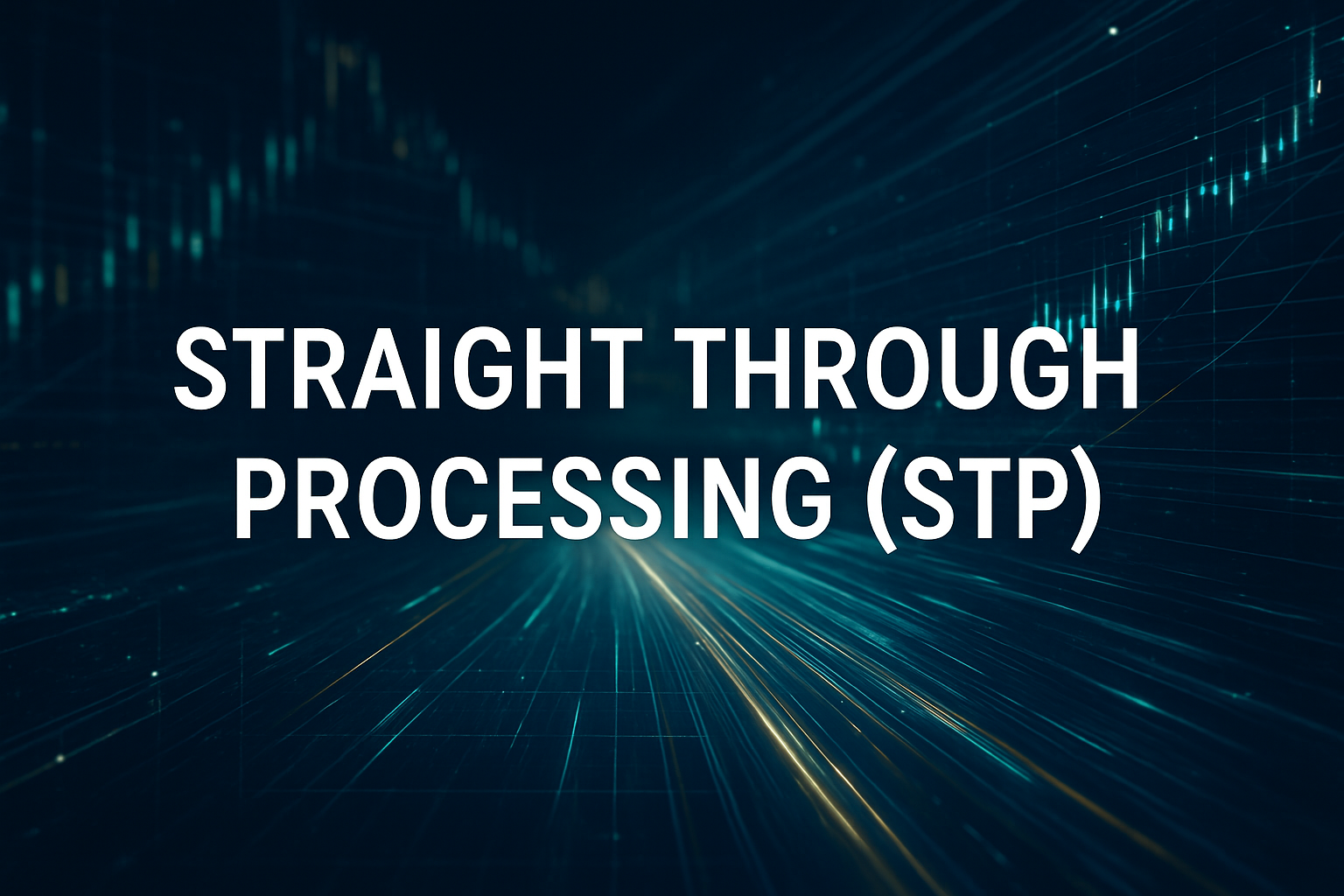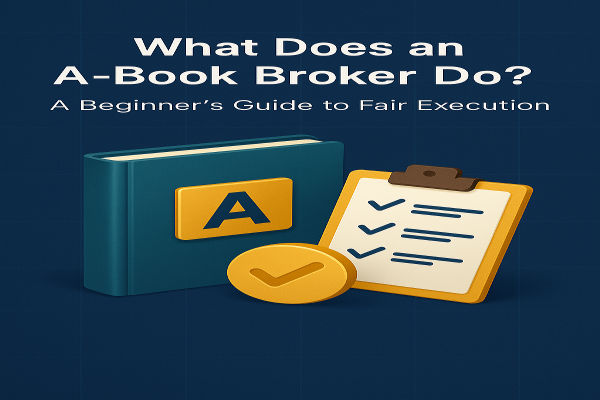Straight Through Processing (STP) brokers send trades directly to the real market with no middleman, no delays, just transparent execution.
Introduction
Straight Through Processing (STP) is a trading model used by brokers to send your orders directly to the real market without any manual interference. In this system, there’s no dealing desk, meaning the broker doesn’t trade against you or decide your prices.
Instead, your order is passed automatically to large financial institutions called liquidity providers, such as banks or other brokers, who actually fill the trade.
Definition

Straight Through Processing (STP) means a broker uses technology to route client trades directly to liquidity providers for execution, without any dealer or manual control.
STP brokers act as a bridge between the trader and the market. When you place a buy or sell order, it’s automatically matched with the best available price from banks or institutions connected to the broker’s system.
The broker doesn’t profit from your loss, instead, they earn a small fee through a spread markup (a few pips added to the market price) or a small commission per trade.
How Straight Through Processing Works
When you place an order, the STP system automatically scans prices from several liquidity providers to find the best bid and ask rates available.
You place an order to buy or sell.
The STP system sends the order to its network of liquidity providers.
Each provider returns a bid and ask price.
The system picks the best available price for your side.
The trade executes at that price and you get a confirmation.
Everything happens electronically and in milliseconds.
Because the broker isn’t manually involved, this method reduces delays, slippage, and price manipulation.
Example
Suppose a trader wants to buy GBP/USD using an STP broker. When the trader clicks “Buy,” the broker’s system instantly sends that order through to its connected liquidity providers such as major banks or financial institutions offering live prices.
If one provider quotes 1.2502, the trade is executed immediately at that rate. The broker doesn’t hold the trade or take the other side; it simply “passes through” the order and earns a tiny commission or markup (for example, 0.1 to 0.3 pips).
This is Straight Through Processing (STP) and it ensures the trade goes directly to the market without human interference, delays, or price manipulation.
It’s faster, fairer, and ideal for traders who want transparent execution.
Advantages and Benefits
| Advantages / Benefits |
Disadvantages / Risks |
| Direct access to real market prices |
Spreads can widen during high volatility |
| No dealing desk or manual interference |
Small markup or commission per trade |
| Faster and fairer order execution |
Slippage may occur in fast markets |
| Transparent pricing from multiple providers |
Trade quality depends on liquidity providers |
Why Straight Through Processing Matters
STP brokers give traders access to real market conditions without the broker taking the other side of their trade. This means less conflict of interest and better transparency.
The model is especially useful for scalpers, algorithmic traders, and professionals who rely on fast execution. However, it also benefits beginners who want fair access to live market prices without hidden manipulation or delays.
Related Terms
Non-Dealing Desk (NDD): A broker model that sends orders straight to liquidity providers instead of executing them internally.
Electronic Communication Network (ECN): A system that directly matches buy and sell orders between market participants.
Dealing Desk: A broker that manages trades internally and may act as the counterparty.
Liquidity Provider: A large institution that offers buy and sell prices for assets like forex pairs or CFDs.
Frequently Asked Questions (FAQ)
1. How is STP different from a dealing desk?
STP brokers pass your orders directly to liquidity providers, while dealing desks handle trades internally which can create a conflict of interest.
2. Do STP brokers charge commissions?
Yes, some do. They might add a small markup to the spread or charge a tiny commission per trade.
3. Is STP good for beginners?
Yes. It provides transparent pricing, quick execution, and helps beginners understand real market dynamics without worrying about dealer intervention.
Summary
Straight Through Processing (STP) is an automated trading model that routes your orders directly to liquidity providers without a dealing desk or market maker.
This system offers faster execution, more transparent pricing, and fairer access to real market rates. For both beginners and professionals, STP brokers provide a clear, conflict-free way to trade in global markets.
Disclaimer: This material is for general information purposes only and is not intended as (and should not be considered to be) financial, investment or other advice on which reliance should be placed. No opinion given in the material constitutes a recommendation by EBC or the author that any particular investment, security, transaction or investment strategy is suitable for any specific person.






















